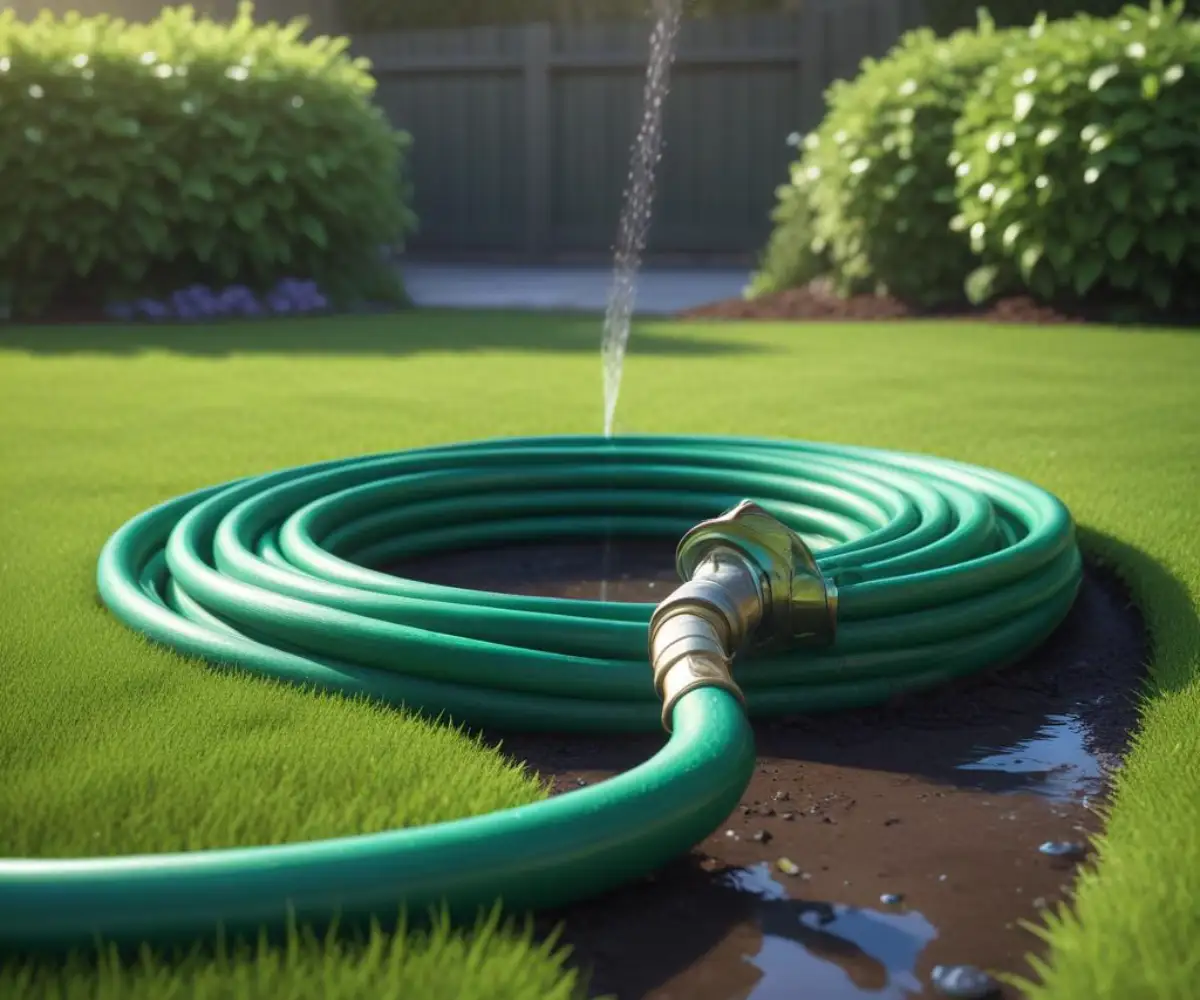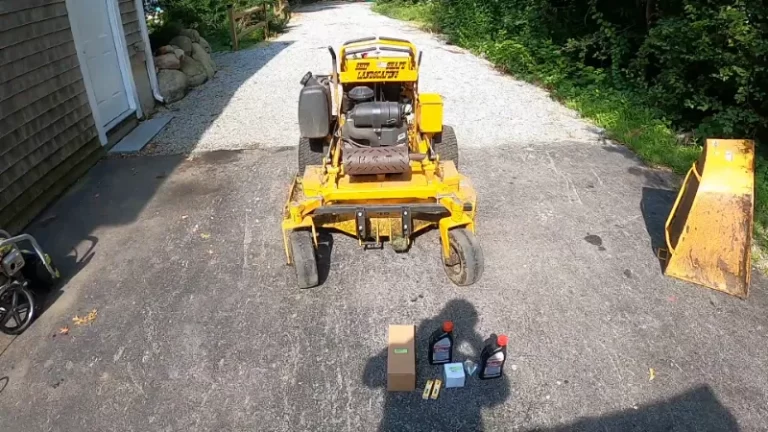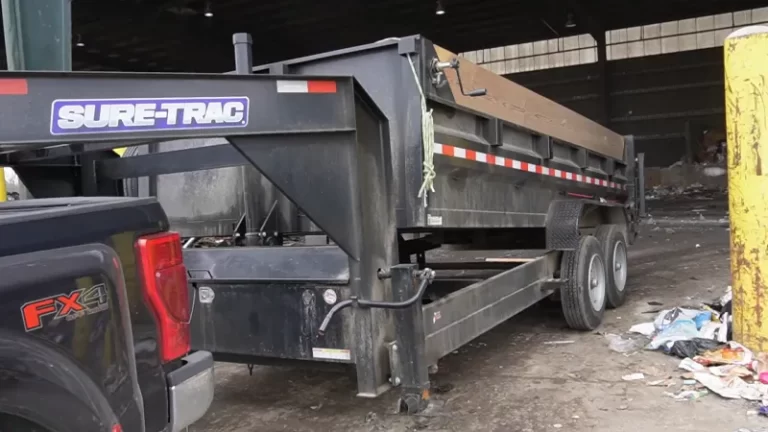Forgot to Turn Off Garden Hose? The Costly Nightmare You Can Avoid
It’s a moment of sudden, gut-wrenching realization. You walk outside, and the ground is a swamp, the air thick with the sound of rushing water, all because you forgot to turn off the garden hose. This simple mistake can quickly escalate from a minor annoyance into a major financial and structural disaster.
Leaving a hose running can dump thousands of gallons of water, creating a costly nightmare. The consequences extend far beyond a soggy lawn, threatening your home’s foundation, your wallet, and even the hose itself.
You'll Learn About
The Cascade of Catastrophe: What Really Happens When a Hose Is Left On
The immediate problem is water waste, but the secondary effects are where the true danger lies. Understanding the full scope of potential damage is the first step toward preventing it and knowing how to react when it happens.
Financial Shock: The Astonishing Cost of a Running Hose
A standard 5/8-inch garden hose can flow at a rate of over 1,000 gallons per hour. Leaving it on overnight for just eight hours can mean wasting over 8,000 gallons of water. This can cause a massive, unexpected spike in your utility bill, turning a simple oversight into a significant expense.
To put this in perspective, consider the potential costs. Water and sewer rates vary, but the financial impact is universally shocking.
| Duration Hose Left On | Estimated Water Wasted (Gallons) | Potential Cost Range |
|---|---|---|
| 1 Hour | 1,020 | $5 – $15 |
| 8 Hours (Overnight) | 8,160 | $40 – $120 |
| 24 Hours (Full Day) | 24,480 | $120 – $360 |
| 48 Hours (Full Weekend) | 48,960 | $240 – $720+ |
Structural Havoc: From Flooded Basements to Foundation Damage
The most severe consequence is water damage to your home. When thousands of gallons of water saturate the ground next to your house, it creates immense hydrostatic pressure. This pressure can force water through even the tiniest cracks in your foundation walls.
If you begin to notice water where brick meets foundation, it’s a critical warning sign that the integrity of your home’s base is at risk. This can lead to a flooded basement or crawlspace, causing thousands of dollars in damage, promoting toxic mold growth, and compromising the structural stability of your entire home.

Equipment Failure: Destroying Your Hose and Spigot
Garden hoses are not designed to hold high pressure for extended periods. A standard residential water pressure of 50-60 PSI constantly pushes against the hose material, the couplings, and the nozzle seals. This continuous stress is a primary reason a pressure washer hose keeps bursting, and the same principle applies here, albeit at lower pressures.
Over hours or days, this pressure can cause the hose to bulge, split, or burst spectacularly. It can also destroy the seals in your spray nozzle and place immense strain on the hose spigot, potentially causing a pipe to fail inside your wall—a far more devastating and expensive repair.
Your Immediate Action Plan: What to Do the Moment You Realize
Discovering a running hose requires a calm and methodical response to minimize the damage. Acting quickly can make a significant difference. Follow these steps immediately.
Step 1: Shut Off the Water Source
Your first and most crucial action is to go directly to the hose spigot and turn it off completely. This stops the flow of water and prevents the situation from getting any worse. Do not waste time coiling the hose or assessing the damage until the water is off.
Step 2: Relieve the Pressure
Once the spigot is off, squeeze the handle on the spray nozzle to release the trapped pressure inside the hose. This is a critical step that many people miss. Relieving this pressure reduces the strain on the hose and its components, preventing a potential burst even after the water is shut off.
Step 3: Conduct a Damage Assessment
With the immediate threat neutralized, walk the area. Check for significant pooling near your home’s foundation. Look inside your basement or crawlspace for any signs of water intrusion, dampness, or musty smells. Inspect the hose itself for any bulges, leaks, or weak spots, especially near the couplings.
The Ultimate Prevention Strategy: How to Never Make This Mistake Again
The best way to deal with a forgotten hose is to ensure it never happens in the first place. Fortunately, a combination of modern technology and simple habits can all but eliminate the risk.
Embrace Smart Technology and Timers
One of the most foolproof methods is to install a water timer. Mechanical timers are inexpensive and screw directly onto the spigot, allowing you to set a specific run time. For a more advanced solution, smart hose timers connect to your Wi-Fi and allow you to control and monitor water usage from your phone, even shutting it off remotely.
Invest in a High-Quality Hose
While a good hose won’t prevent you from forgetting, its durability can be the difference between a small leak and a catastrophic burst under prolonged pressure. Investing in a robust hose is essential for reliability. When considering durability, it’s worth exploring in-depth tests and reviews, similar to the rigorous analysis seen in studies of Project Farm hoses, to find one that can withstand abuse.
Develop Unbreakable Habits
Technology is a great aid, but habits are your first line of defense. Make it a rule to never walk away from a running hose. If you must leave the area, even for a moment, turn it off. Another simple trick is to set a timer on your phone or kitchen speaker every single time you turn on the water outside.
The Power of Visual Cues
Use a brightly colored hose that stands out against your lawn and garden. The high visibility serves as a constant reminder that it’s in use. You can also hang a small, laminated sign on the door you use to go outside, reminding you to check the spigot before you go back in.
Beyond the Puddle: Unseen Dangers of Soil Saturation
The visible puddle is just the beginning of the problem. Massive amounts of water fundamentally change the soil structure around your home. This over-saturation can cause soil expansion and contraction, leading to foundation shifting and cracking over time.
Furthermore, chronically damp soil against your home creates a perfect breeding ground for termites and other pests that thrive in moist environments. It also promotes the growth of algae and mold on your siding and brickwork, which can be difficult and costly to remediate.
Frequently Asked Questions
What happens if I forget to turn off my garden hose?
Forgetting to turn off your garden hose can lead to a significant amount of wasted water and potential damage to your property. A standard garden hose can use about 10 gallons of water per minute. Leaving the hose under pressure for extended periods can also cause it to rupture, leading to flooding and potential water damage.
How much water is actually wasted?
The amount of water wasted can be substantial. For example, a hose left running for just one day could waste thousands of gallons of water. Even a small leak in a hose, about the size of a dime, can waste over 6,300 gallons of water in a month. This can result in a surprisingly high water bill.
Can leaving a hose on with a nozzle attached cause problems?
Yes, even with a closed nozzle, the hose remains pressurized. This constant pressure can stress the hose and its fittings, leading to leaks or a burst hose, especially when exposed to sunlight and heat which can increase the pressure inside. It’s always best practice to turn off the water at the spigot to relieve this pressure.
What are the risks in colder climates if I forget to disconnect my hose?
In areas with freezing temperatures, leaving a hose connected can cause significant damage. Water trapped in the hose and faucet can freeze and expand, which can crack the faucet or even the pipe inside your wall. This is why it is crucial to disconnect hoses before winter.
What should I do if I find my hose has been running for a long time?
First, turn off the water at the spigot immediately. Check the area for any signs of flooding or water damage to your home’s foundation or basement. It is also a good idea to check your water meter to get an idea of the amount of water that was wasted and be prepared for a higher water bill.


